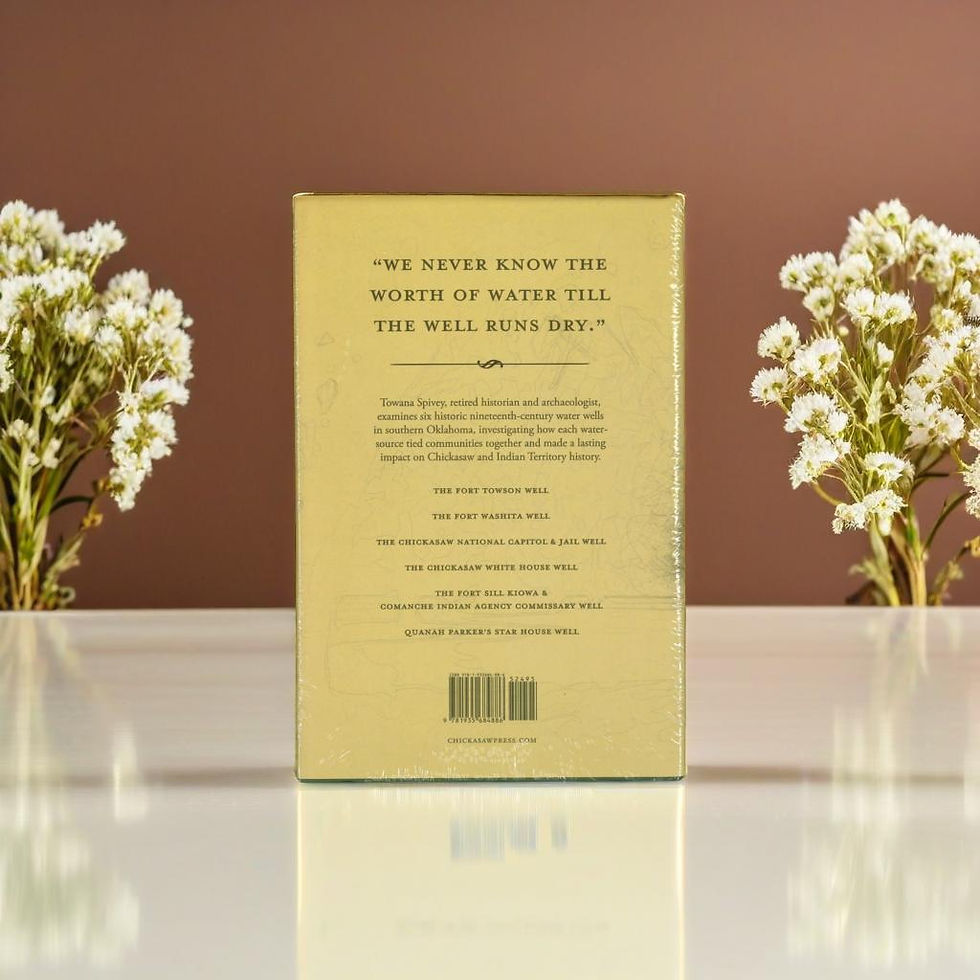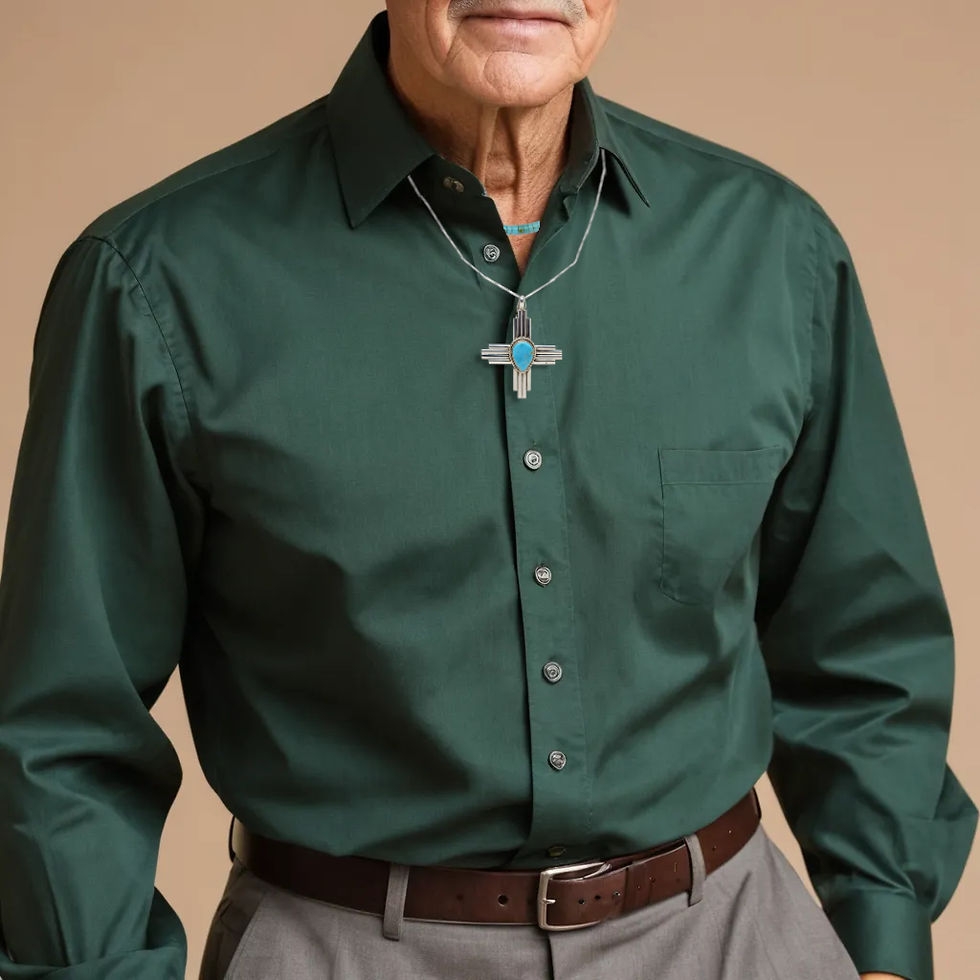Hopi
Arizona
Hopi means "behaving one, one who is mannered, civilized, peaceable, polite, who adheres to the Hopi Way."
Hopi migrated to the Arizona Territory in the 12th century, they are believed to be the oldest Native American Tribe. Migrating to the Arizona territory from Southern America after living in the region for thousands years prior.
Traditionally, Hopi culture is matrilineal, their ancestral lineage can be traced though their mothers and women played a dominate role in the home and clan community. This is much unlike other Tribes which follow Patrilineal lineage. The women of the Hopi tribe wore mantas made of cotton for the warm climate. Mantas are a knee length dresses that fasten at the right shoulder leaving the left shoulder exposed. Spanish missionaries (who called the Hopi "Pueblo People") found this exposure indecent therefore, women wore blouses underneath their mantas to make them feel more comfortable- which was due to the politeness of the Hopi way. Hopi Women wore their hair in distinct styles as a way to show their social status. For example, married women wore their hair in two long individually twisted pigtails. Unmarried women wore their hair in the gorgeous squash blossom whorls as pictured. This iconic whorl hairstyle has inspired fashion throughout the world. The squash blossom is a sign of fertility in Hopi culture and is a sort of rite of passage once a young woman is ready for marriage and bearing children.
Men wore breechcloths a type of loincloth that was open on the sides exposing the upper legs but covering the genitalia and perhaps buttocks, held up by string or cloth- a belt of sorts. If a Hopi man wore any headdress it was traditionally a tied cloth headband. Until the late 19th, early 20th century, men would wear their long hair tied in a hömsoma or figure eight shaped bun- a change forced upon them during the first United Stated Federal Boarding School initiative. A program which forced Hopi children to go to boarding school far from their homes, where their hair was cut short and native language could not be spoken in attempts to make them forget their cultural heritage and make them more European.
Both men and women wore deerskin moccasins. For special occasions, the women would paint their moccasins white and wrap a piece of white deerskin around their shins and or legs.
Just before Autumn in alternating years the ancient Hopi gathered to perform a sacred Snake Dance that could only be performed by priests after eight days of secret preparation. The priests danced with snakes for the Gods and asked them to bring rain to their desert crops later releasing the unharmed snakes in four directions- an very important symbolic number.
The Hopi Reservation is surrounded by the Navajo reservation and has 20,000 citizens. This unusual allotment resulted from decades of land dispute between the Hopi and the Navajo.
CHECK OUT THE HOPI ORIGIN STORY BELOW
Title: Hopi Origin Story Publisher: PBS First Aired: August 15, 2018



























